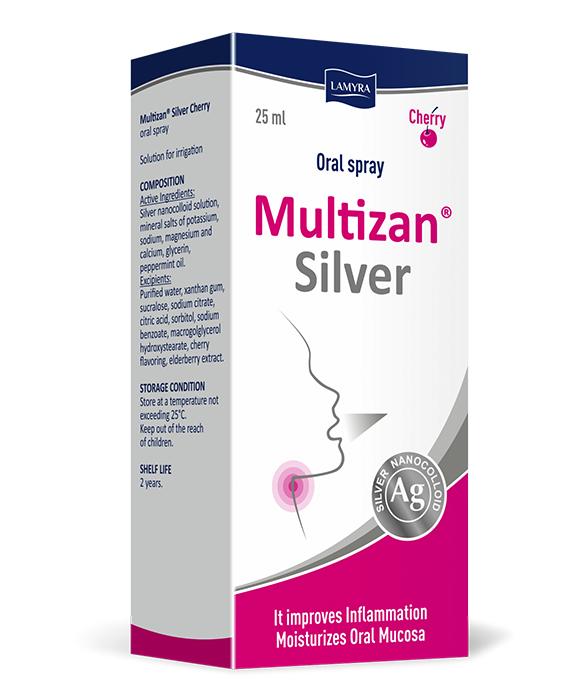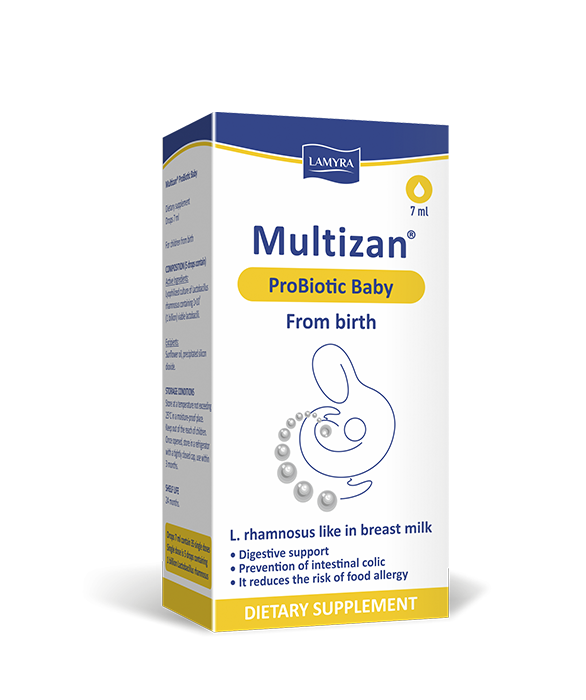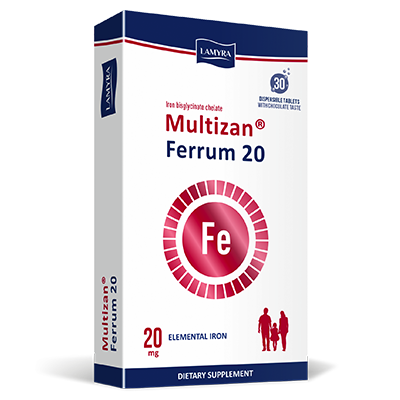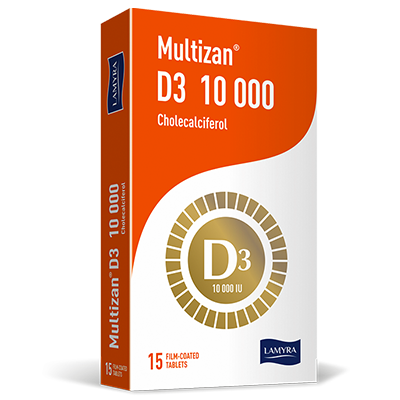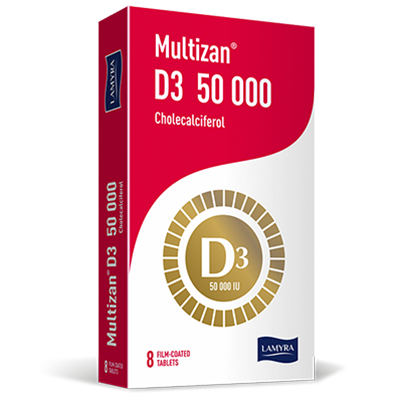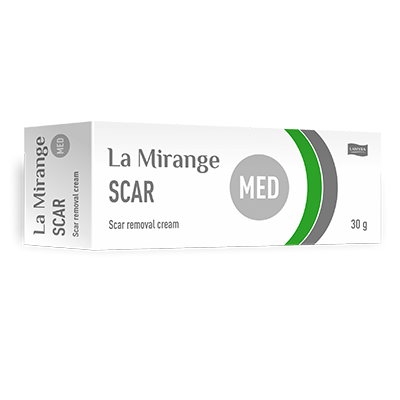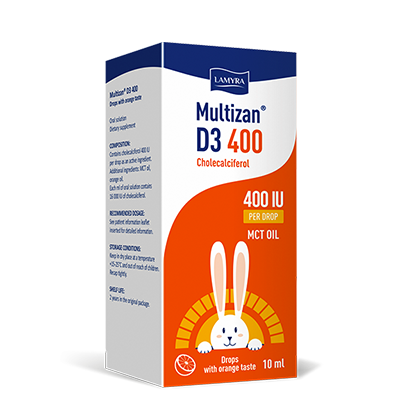The benefits of vitamin D (cholecalciferol) for children cannot be overestimated. In infants, this vitamin prevents rickets, triggers the synthesis of antimicrobial proteins, reduces the risk of the development of allergy, activates the development of the brain and mental abilities. In adolescents, it strengthens immunity, maintains emotional stability during puberty, normalizes weight, alleviates premenstrual syndrome. The deficiency of cholecalciferol critically undermines the child’s health, and its excess can provoke toxicosis or the deposition of kidney stones. To promote your child’s harmonious development, it is necessary to clarify the dosage and types of vitamin D.
IMPORTANT! This article is intended for informational purposes and is not a tool for self-treatment! Your doctor should prescribe dosages based on the biochemical analysis of 25 (OH) D!
Age‐based dosages
The World Health Organization (WHO) has defined the optimal concentration of cholecalciferol in the blood serum at the level of 30-50 ng/ml. Less than 20 ng/ml is considered as deficient. An indicator within the limits of 50-100 ng/ml is classified as high. Anything above 100 ng/ml is excessive. A drug dosage regimen should be prescribed according to these criteria.
The WHO distinguishes physiological and therapeutic dosages. The first ones correspond to the body's natural needs for vitamin D. The physiological dosages are prescribed to prevent the deficiency of this nutrient. Over the past 20 years, they have regularly increased.
The latest recommendations for vitamin D were issued by the American Association of Clinical Endocrinologists in 2019. It is recommended to reach a 25(OH)D level of 30-50 ng/ml. To prevent its deficiency, the following dosages should be used:
The administration of physiological doses of cholecalciferol is allowed without a doctor's prescription.Children aged 0-1: not less than 400 IU/day. 1000 IU/day may be required to achieve a level of > 30 ng/ml;
Children aged 1-18: not less than 600 IU/day. 1000 IU/day may be required to achieve a level of > 30 ng/ml;
Adults aged 19-70: not less than 600 IU/day. 1500-2000 IU/day may be required to achieve a level of > 30 ng/ml;
Adults over 70: not less than 800 IU/day. 1500-2000 IU/day may be required to achieve a level of > 30 ng/ml.
Therapeutic daily dosages of vitamin D are 10-100 times higher than the preventive ones. The scheme is aimed at eliminating vitamin deficiency, prevent rickets, mental retardation, and hormonal imbalance in children. The size of doses is selected individually, taking into consideration a patient’s initial condition, age, available nutrition, the possibility of exposure to the sun.
Selection of optimal vitamin D for your child
There are two types of this vitamin such as ergocalciferol (vitamin D2) and cholecalciferol (vitamin D3). A more effective form is vitamin D3. Vitamin D2 is produced by plants and fungi when exposed to ultraviolet light. This form of vitamin is similar, but not identical, to vitamin D3 which is produced in the human skin when exposed to sunlight and is also obtained from products of animal origin. Scientists have figured out that the child aged 3-6 should drink 3 liters of milk, eat 20 chicken eggs and 800 g of salmon daily to obtain a sufficient amount of this natural biostimulant from food.
It is not possible to obtain an adequate number of vitamin D from food. Thus, there is a need for cholecalciferol supplementation in the form of tablets or solutions.
Liquid vitamin D for the youngest
Vitamin D solutions are preferable for infants, preschoolers. They are easy to swallow, can be dissolved in any drink and applied to a pacifier or nipple when breastfeeding. There are aqueous and oily solutions. The aqueous solution of this vitamin is a preparation with contraindications and strict instructions for use. To preserve the active substance, benzyl alcohol is added to the solutions. This component is prohibited for children under 3 and pregnant women. Notwithstanding that the component accelerates the absorption of vitamin D, it also causes allergy, intoxication, liver and heart damage, worsens the child’s neurological status, and provokes metabolic acidosis. A harmful additive is masked with sugar, pungent flavoring agents such as anise. The maximum duration of therapy is limited to 1 month.
Vitamin D is a fat-soluble vitamin. There are solutions with sunflower, safflower and other oils, but they are not suitable for children due to their immature digestive system. It is better to use oily solutions based on medium chain triglycerides (MCTs). They are suitable for children with digestive disorders or liver dysfunction. MCT molecules transport vitamin D into the blood without the aid of bile that ensures the best bioavailability of this preparation even in the youngest. The absorption of MCT solution has been shown to be 54% higher than an aqueous analogue. Medium-chain triglycerides also increase the elasticity of blood vessels, improve brain nutrition and intestinal motility, stabilize hormonal levels, and strengthen immunity. Vitamin D with MCT oil is recommended for newborns, premature babies, children with concomitant pathologies.
Apart from the composition, it is worth paying attention to the bottle which should be made of dark glass. Such a package protects the preparation from destruction by sunlight. A fluid supply device is also important. The accuracy of product measurements and preservation of the nutrient from oxidation due to contact with air depend on its design.
Liquid vitamin D for children is released with the following types of dispensers:
-
Pipette. Beneficial to manufacturers in terms of low price and ease of release. Not recommended by pediatricians due to its improper dosing accuracy. Also, the pipette does not protect from oxidation. After opening the bottle, the shelf life is limited to 1 month.
-
Stactometer (dropper). The device with the highest dosing accuracy which minimizes the contact of vitamin with air. A disadvantage is the low speed of dispensing the product from the bottle.
-
Pump. It is more accurate than a pipette, quicker than a stactometer, but is lower compared to the latter in terms of the reliability of protecting the preparation from air and the accuracy of its measurement.
Taking into consideration all the criteria, the European Academy of Paediatrics (UNEPSA/EPA) recommends MCT oil-based solutions of vitamin D with a stactometer to children under 10.

Tableted Vitamin D
The category is intended for schoolchildren, teenagers. Such preparations contain a daily dose of cholecalciferol that ensures maximum ease of use. Vitamin D is released in gelatin capsules and tablets. Capsules are filled with a mixture of the nutrient and vegetable oils. Thus, the manufacturer reduces the drug’s price. Gelatin shells are large and hard to swallow even for teenagers. A transparent capsule easily transmits light, there is a risk of oxidizing this vitamin and reducing its initial concentration.
Tablets are distinguished by a high dosing accuracy and excellent protection of the active ingredient from the negative impact of environmental factors. This vitamin is gradually released from tablets, does not form dangerous concentration peaks and attaches to blood proteins for transportation. Therefore, tablets are preferable to capsules, minimizing the risks of adverse reactions to unbound cholecalciferol.
Lamyra's products
Multizan D3 400. Liquid solution of cholecalciferol with MCT oil. Does not contain flavoring agents, sugar, dyes, sweeting agents, benzyl alcohol. The dosage of 400 IU is adapted for infants. This preparation is authorized for premature babies from the first days of life. A bottle is equipped with a German stactometer with an accuracy of 0,025 ml.
Multizan D3 5000. Tablets containing cholecalciferol 5000 IU have a streamlined shape and a smooth shell. They are easy to swallow, and the high concentration allows taking the preparation once a week. A special coating protects the active ingredient from oxidation. Multizan D3 5000 is authorized for children from 12 years of age.
Parents can boost the child's immunity, ensure his or her physical and mental development. Taking care of daily vitamin D intake with a suitable dosage and composition will be sufficient for this. The cost of preparations is moderate, and the child’s health is priceless.

